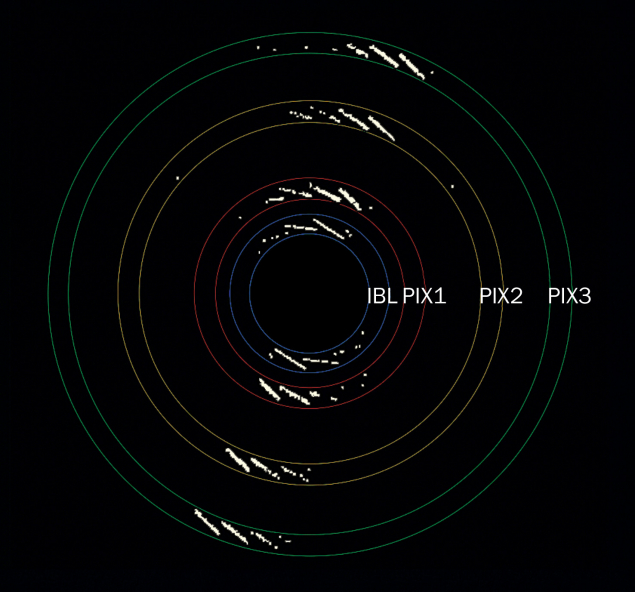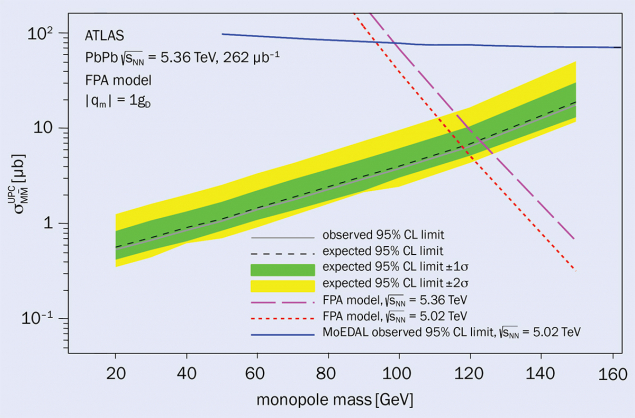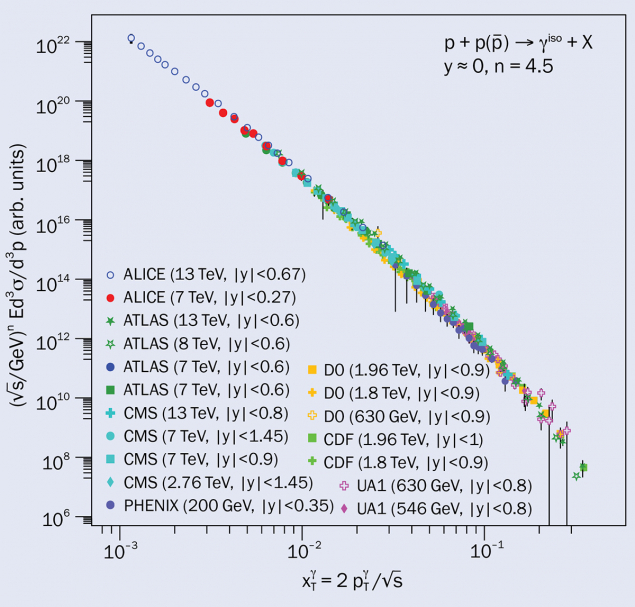Physics is a universal language that unites scientists worldwide. No event illustrates this more vividly than the general assembly of the International Union of Pure and Applied Physics (IUPAP). The 33rd assembly convened 100 delegates representing territories around the world in Haikou, China, from 10 to 14 October 2024. Amid today’s polarised global landscape, one clear commitment emerged: to uphold the universality of science and ensure the free movement of scientists.
IUPAP was established in 1922 in the aftermath of World War I to coordinate international efforts in physics. Its logo is recognisable from conferences and proceedings, but its mission is less widely understood. IUPAP is the only worldwide organisation dedicated to the advancement of all fields of physics. Its goals include promoting global development and cooperation in physics by sponsoring international meetings; strengthening physics education, especially in developing countries; increasing diversity and inclusion in physics; advancing the participation and recognition of women and of people from under-represented groups; enhancing the visibility of early-career talents; and promoting international agreements on symbols, units, nomenclature and standards. At the 33rd assembly, 300 physicists were elected to the executive council and specialised commissions for a period of three years.
Global scientific initiatives were highlighted, including the International Year of Quantum Science and Technology (IYQ2025) and the International Decade on Science for Sustainable Development (IDSSD) from 2024 to 2033, which was adopted by the United Nations General Assembly in August 2023. A key session addressed the importance of industry partnerships, with delegates exploring strategies to engage companies in IYQ2025 and IDSSD to further IUPAP’s mission of using physics to drive societal progress. Nobel laureate Giorgio Parisi discussed the role of physics in promoting a sustainable future, and public lectures by fellow laureates Barry Barish, Takaaki Kajita and Samuel Ting filled the 1820-seat Oriental Universal Theater with enthusiastic students.
A key focus of the meeting was visa-related issues affecting international conferences. Delegates reaffirmed the union’s commitment to scientists’ freedom of movement. IUPAP stands against any discrimination in physics and will continue to sponsor events only in locations that uphold this value – a stance that is orthogonal to the policy of countries imposing sanctions on scientists affiliated with specific institutions.
A joint session with the fall meeting of the Chinese Physical Society celebrated the 25th anniversary of the IUPAP working group “Women in Physics” and emphasised diversity, equity and inclusion in the field. Since 2002, IUPAP has established precise guidelines for the sponsorship of conferences to ensure that women are fairly represented among participants, speakers and committee members, and has actively monitored the data ever since. This has contributed to a significant change in the participation of women in IUPAP-sponsored conferences. IUPAP is now building on this still-necessary work on gender by focusing on discrimination on the grounds of disability and ethnicity.
The closing ceremony brought together the themes of continuity and change. Incoming president Silvina Ponce Dawson (University of Buenos Aires) and president-designate Sunil Gupta (Tata Institute) outlined their joint commitment to maintaining an open dialogue among all physicists in an increasingly fragmented world, and to promoting physics as an essential tool for development and sustainability. Outgoing leaders Michel Spiro (CNRS) and Bruce McKellar (University of Melbourne) were honoured for their contributions, and the ceremonial handover symbolised a smooth transition of leadership.
As the general assembly concluded, there was a palpable sense of momentum. From strategic modernisation to deeper engagement with global issues, IUPAP is well-positioned to make physics more relevant and accessible. The resounding message was one of unity and purpose: the physics community is dedicated to leveraging science for a brighter, more sustainable future.







